Policy update
Filters
California’s Advanced Clean Trucks regulation: Sales requirements for zero-emission heavy-duty trucks
The regulation is the first in the world to require manufacturers to sell increasing percentages of zero-emission trucks.
China announced 2020–2022 subsidies for new energy vehicles
Details the latest adjustment to China’s national subsidy program for new energy vehicles, including the extension of subsidies from the end of 2020 to the end of 2022.
Brazil PROCONVE L-7 and L-8 emission standards for light-duty vehicles
Details Brazil’s new L-7 and L-8 light-duty vehicle emission standards, highlighting important changes and comparing them with those set in other leading vehicle markets.
Japan 2030 fuel economy standards
Japan’s new fuel economy standards for passenger vehicles starting in model year 2030 are among the most progressive in the world, both in terms of stringency and timeframe (2030).
China announced 2019 subsidies for new energy vehicles
Details the 2019 adjustment to China’s subsidies for consumers who purchase a new battery electric or plug-in hybrid electric vehicle.
China’s Clean Diesel Action Plan: 2018–2020
China’s new Clean Diesel Action Plan fights air pollution by setting targets to ensure that diesel vehicles and diesel fuel comply with national standards, and to increase railroad freight transportation.
CO2 standards for heavy-duty vehicles in the European Union
The European Commission, European Parliament, and European Council have agreed on a compromise for the CO2 emission standards for new heavy-duty vehicles in the European Union.
Action plan for establishing China’s national emission control area
Overview of emission reduction requirements in China’s national domestic emission control area
Norma PROCONVE P-8 de emissões no Brasil
A norma P-8 no Brasil alinhará os padrões de emissões de veículos pesados com a Europa até 2023.
Brazil PROCONVE P-8 emission standards
Brazil’s P-8 will bring new heavy-duty vehicle emissions standards into alignment with Europe by 2023
